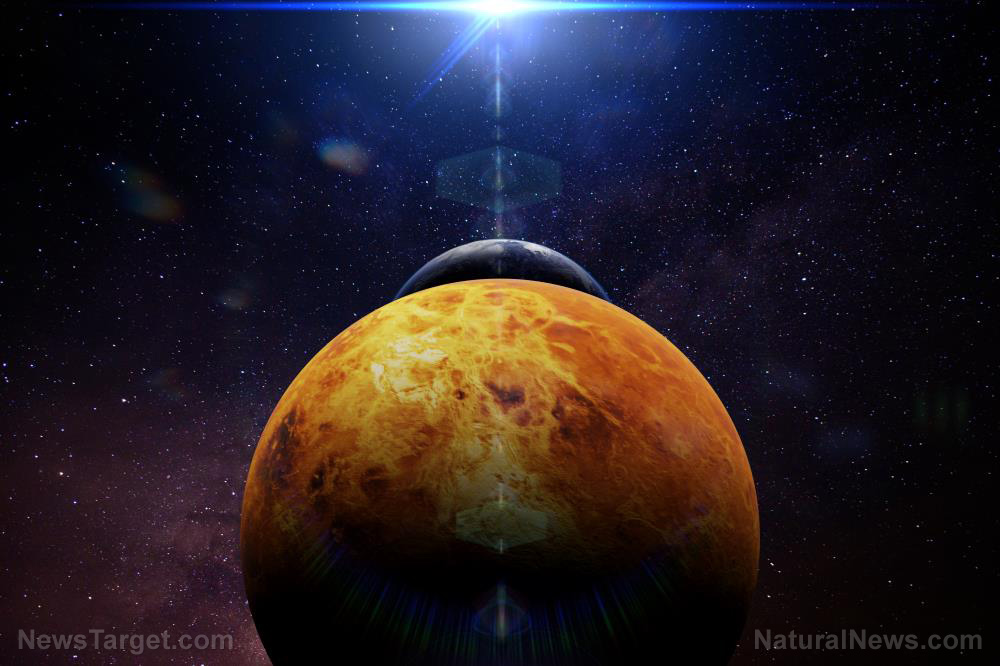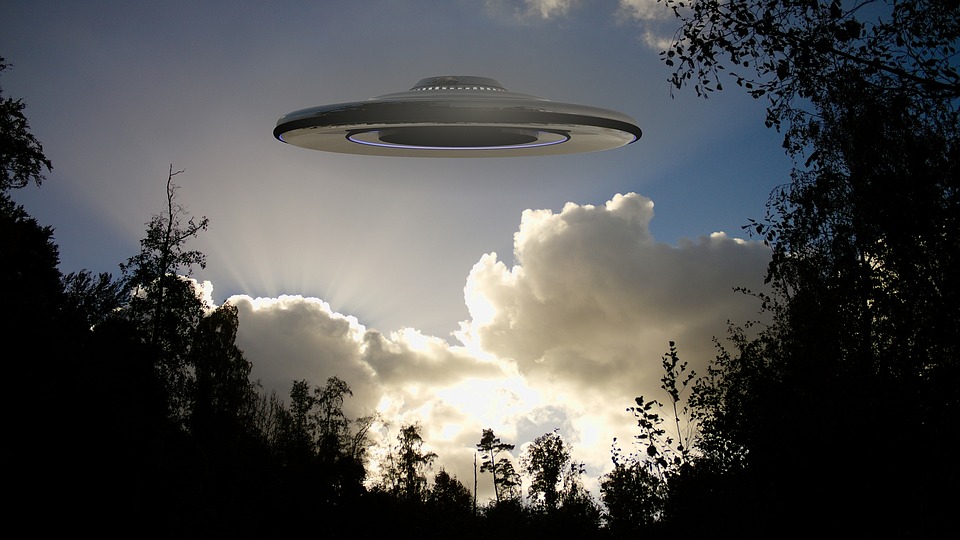
The planets of our solar system fall into one of two groups: They are either rocky planets or gas giants. There are no in-betweens.
Other star systems enjoy a broader selection. In addition to the aforementioned planetary types, exoplanet hunters have found both super-Earths and mini-Neptunes throughout the galaxy.
A super-Earth is a rocky planet that dwarfs our home world. A mini-Neptune, on the other hand, is a gaseous planet that isn't gigantic.
Whatever their type and size, exoplanets show up as flickering "transits" in the light given off by their parent stars. Researchers may indirectly estimate the diameter by looking at the percentage of the primary star that got blocked.
They may also use spectrograph data to determine the elements that comprise the exoplanet's atmosphere and surface. But these approaches fail to reveal other details about the planet. (Related: Scientists discover 15 new planets, including one “super-Earth” that could harbor liquid water.)
The immense pressures found inside super-Earths will change the behavior of iron
Researchers pointed out how existing data shows scaled-up or scaled-down interpretations of the solar system's planets that have been used to predict the properties of alien worlds. But this approach might not work on exoplanets with exotic materials and conditions.
For example, iron in the core of an exoplanet with 10 times the pressure of Earth's core will behave very differently from the predictions of scaled-up models. Its basic chemical properties will change.
“We would expect to find crystals inside super-Earths that don't exist in Earth, or anywhere else in nature, for that matter,” agreed the University of California, Los Angeles (UCLA) researcher Lars Stixrude. “These would be unique arrangements of the atoms that only exist at very high pressure.”
Pressure affects atomic bonds. On Earth and inside its core, atoms connect through the electrons in their outer shells.
The enormous pressure levels in the core of a super-Earth will allow electrons near the atomic nucleus to bind atoms together, which will form crystals of different shapes with altered properties.
These modified chemical properties may influence the entire exoplanet. They may affect the amount of heat retained by a super-Earth. They may also prevent lighter elements from combining with the iron core, thereby affecting the magnetic field of the exoplanet. The crystals may even determine the size of the super-Earth.
The conditions in an exoplanet's core will ultimately affect its ability to support alien life
Most extreme pressure tests use the sharp points of industrial diamonds to crush a small sample of the material. But diamonds are not strong enough to apply the same pressures found in the core of a super-Earth, so the researchers used dynamic compression tests instead.
In this approach, a very high-powered laser is fired at a sample, heating the surface of the material very quickly until plasma erupts from the target. As the super-heated matter blow off from the surface, they release a pressure wave that spreads through the sample. The extreme pressure conditions last for a mere fraction of a second. The sample also gets destroyed.
But this method came closer to achieving super-Earth pressures than the diamond pressure test. By performing dynamic compression tests, researchers have discovered the chemical structures and densities of iron and other molecules in extremely pressurized conditions.
A better understanding of the extremely pressurized materials inside planetary cores will help researchers predict factors that may affect the exoplanet's habitability.
Stay updated on the latest news and studies on super-Earths and other alien worlds at Cosmic.news.
Sources include:
Please contact us for more information.























